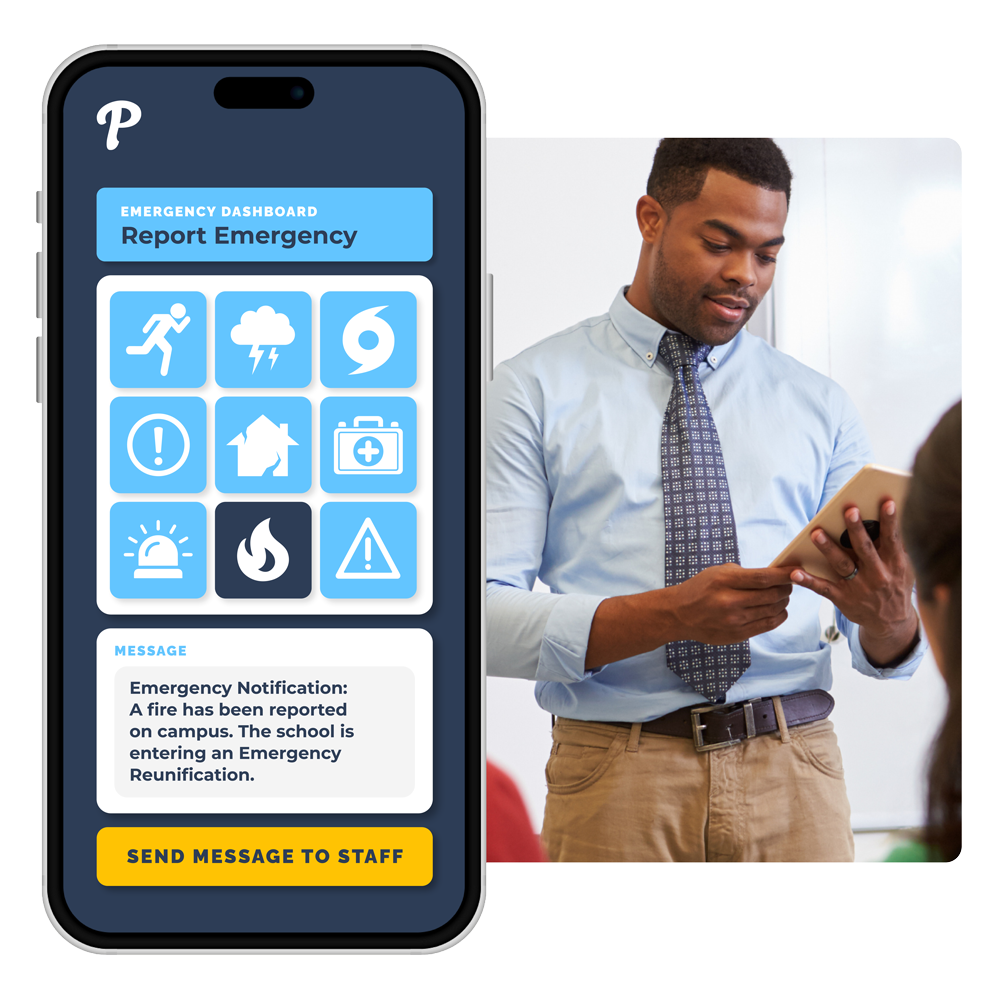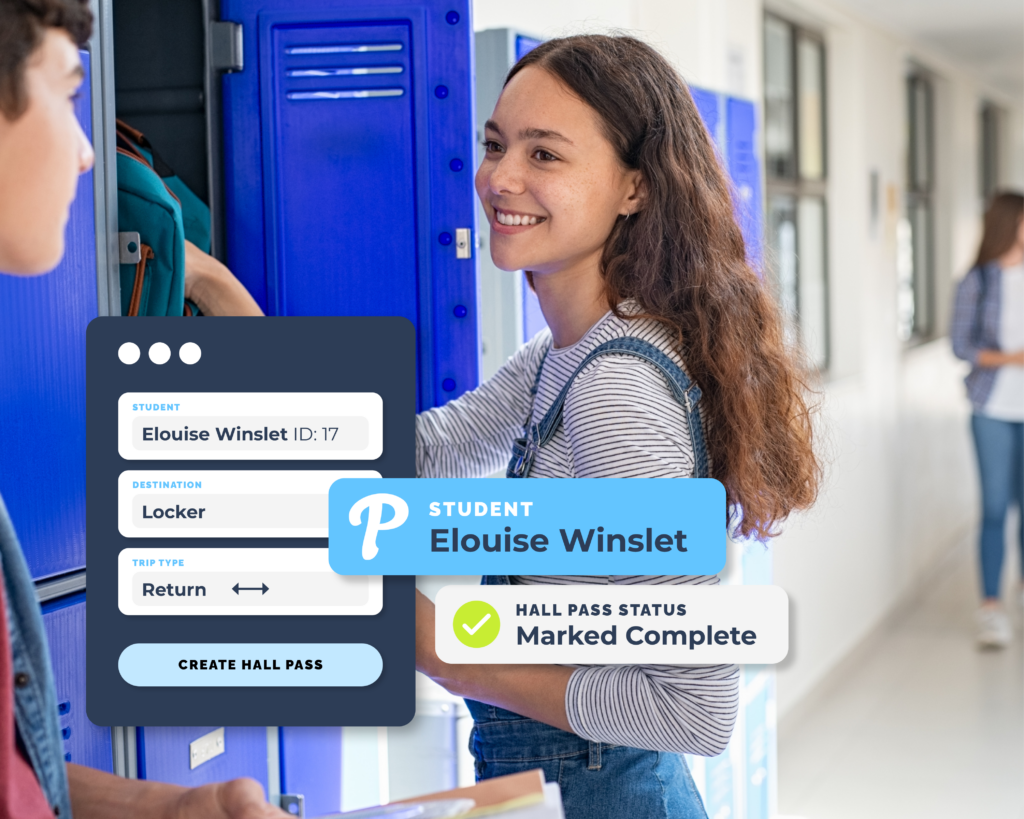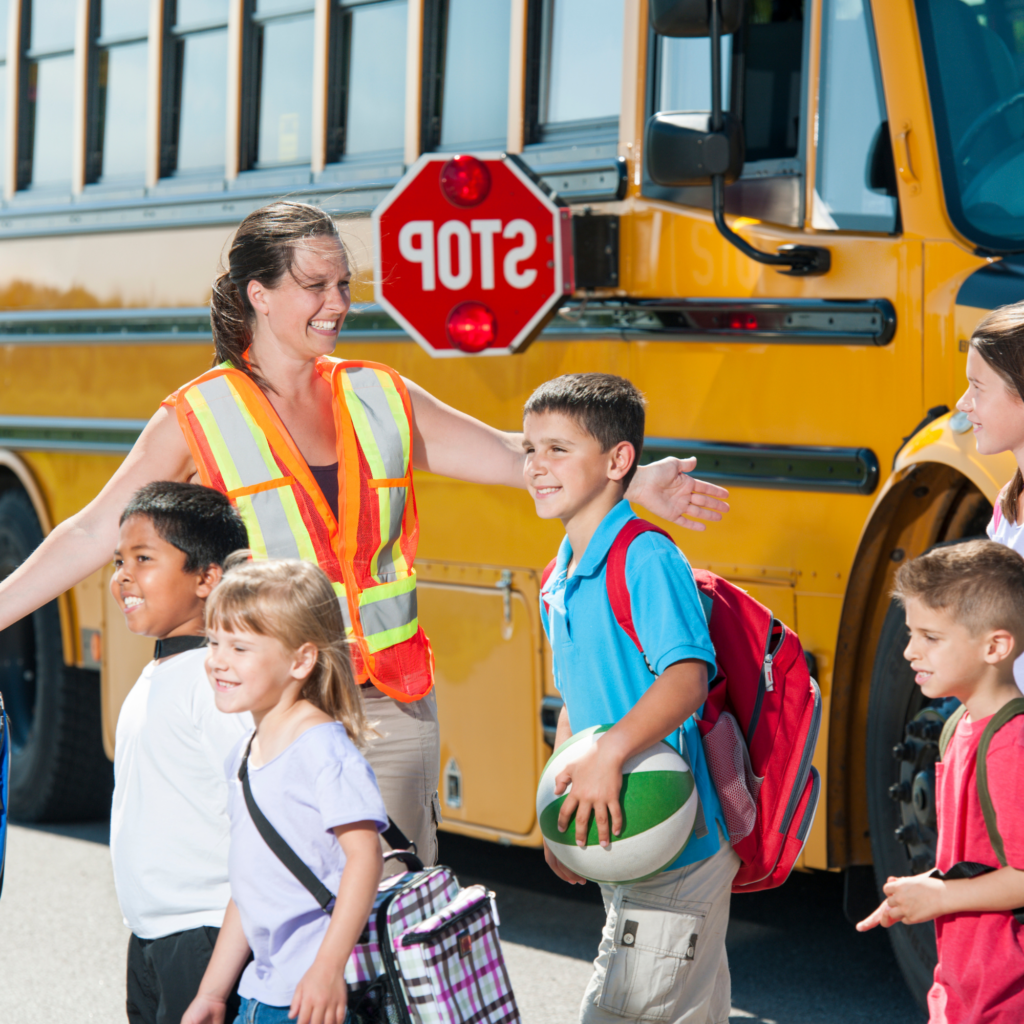Ensuring the safety and security of students and staff is a top priority for any educational institution. In today’s unpredictable world, it is crucial for schools to have effective emergency response systems in place. One such tool that has gained significant attention is the panic button.
In this article, we will explore the different types of panic buttons available, their significance in school safety, how they work to alert authorities, and important factors to consider when evaluating school panic buttons. We’ll cover questions like:
- What do panic buttons do?
- What are the types of emergency buttons?
- Why is it important for schools to have panic buttons?
- When would schools use panic buttons?
- How do panic buttons work to alert authorities?
- Factors to consider when choosing a panic button
What do panic buttons do?
Panic buttons are devices or systems that are designed to provide an immediate means of communication during emergency situations. When activated, panic buttons initiate a series of actions to alert authorities and summon help. The exact functionalities may vary depending on the specific type of panic button being used, but here are the common actions that panic buttons can perform:
- Alerting authorities: The primary function of a panic button is to notify designated authorities or security personnel about an emergency situation. This can be done through various means such as sending a signal to a centralized control center, triggering an alarm system, or activating a digital notification to relevant individuals.
- Rapid response: Panic buttons are intended to expedite the emergency response process. By immediately alerting authorities, panic buttons help ensure that help arrives as quickly as possible. This is crucial in situations where time is of the essence, such as during an active shooter incident, medical emergency, or any other threatening situation.
- Notifying on-site personnel: Panic buttons can also be used to notify on-site personnel, such as school administrators, teachers, or security staff, about the emergency. This enables them to take appropriate actions, such as initiating lockdown procedures, evacuating students, or providing first aid, while waiting for professional help to arrive.
- Providing location information: Many panic button systems, especially digital ones, have the capability to provide real-time location information about the incident. This information is crucial for responders to accurately assess the situation and determine the most effective course of action. It helps reduce response time and ensures that help is directed to the right place.
Some emergency alert systems like Pikmykid also:
- Host emergency resources: Pikmykid’s emergency alert system stores emergency protocol information that is easily updated and accessible.
- Send emergency instructions: Our emergency tool automatically distributes emergency instructions via SMS, push notification and email specific to the emergency reported to personnel.
- Create communication channels: Pikmykid’s panic button also creates a group chat message for personnel to communicate throughout the event. The recipients are customized per emergency type so only those needed are included in the conversation.
- Notify impacted parents: Our safety platform can also provide one-way notifications to parents whose kids are affected by the emergency.

What are the types of emergency buttons?
Physical Panic Button
The first type of panic button we will discuss is the physical panic button. These physical panic buttons could be…
- Hard-wired activation buttons that are typically mounted in strategic locations throughout the school premises, such as in classrooms, hallways, or administrative offices.
- Personal panic buttons or badges that are typically carried by each staff member.
When activated, these buttons send an immediate signal to a designated authority or security personnel, alerting them to an emergency situation.
Physical panic buttons are often preferred because they offer a tangible and reliable means of communication during critical incidents. However, their effectiveness is dependent on the availability and proximity of staff members to respond promptly.
Digital Panic Button
In recent years, digital panic buttons have emerged as a popular alternative to physical buttons. One notable example is Pikmykid’s emergency alert system. This innovative solution allows teachers and staff to activate an emergency alert instantly on their smartphone or computer. The app can be installed on personal devices, making it readily accessible in any situation.
Once activated, the app notifies school administrators and authorities, providing them with real-time information about the nature and location of the emergency. This digital approach ensures a rapid response, minimizing response time and improving overall safety.
Why is it important for schools to have panic buttons?
The importance of having a panic button system in schools cannot be overstated. During a crisis, every second counts, and having a reliable means of communication can be the difference between life and death. Panic buttons provide an immediate and discreet method to summon help, allowing for a swift response from emergency responders.
Specifically, panic buttons can enable schools to…
- Immediately report emergencies to school administrators and even first responders.
- Receive help quickly because they were able to immediately alert emergency resources.
- Communicate silently during situations that require discretion.

When would schools use panic buttons?
While some panic buttons are designed to only be used in extreme emergencies like active shooters, other panic buttons like Pikmykid can be used for emergencies big and small. You might even be able to use a panic button for practice drills.
Pikmykid’s emergency alert system has customized protocols for each emergency type, allowing schools to leverage it for common emergencies like medical incidents to wide-spread emergencies like an intruder on campus. Common emergency types schools setup are:
- Medical emergency
- Power outage
- Fire
- Extreme weather like tornadoes, flood warnings, or earthquakes
- Wildlife on campus like bears or bees
- Missing student
- Student runner
- Intruder on campus
- Actives shooter
- Drills
How do panic buttons work to alert authorities?

When a panic button is activated, it triggers a series of events designed to summon help quickly.
In the case of physical panic buttons, the activation sends a signal to a centralized control center or security office.
Simultaneously, the system may initiate audible alarms or visual notifications to alert others in the vicinity. The designated authorities then assess the situation and initiate the appropriate response, such as contacting emergency services or dispatching on-site security personnel.
Digital panic buttons, on the other hand, leverage the power of technology to expedite the emergency response process.
When the panic button app is activated, it immediately notifies the school administration and relevant personnel via push notifications, text messages, or emails. This real-time communication provides critical information, including the precise location of the incident, helping responders to act swiftly and accurately. Some advanced systems, like Pikmykid, even integrate with local emergency services, automatically contacting 911 and providing them with vital details about the situation.
Factors to consider when choosing a panic button
When evaluating school panic buttons, it is essential to consider several factors.
Ease of Use
Firstly, the system should be easy to use, ensuring that teachers and staff can activate it quickly and efficiently. Training and familiarization programs should be implemented to familiarize users with the panic button’s operation and ensure its effective utilization during emergencies.
Additionally, the panic button system should integrate seamlessly with existing security protocols and infrastructure, enhancing the overall security ecosystem of the institution.
Scalability & Flexibility
Another critical factor to consider is scalability. Educational institutions vary in size, and the panic button system should be flexible enough to accommodate the specific needs of each school. This is especially important if your state or district have specific requirements like Alyssa’s Law Requirements.
Whether it’s a small elementary school or a sprawling high school campus, the panic button solution should be scalable and adaptable to different environments.
Reliability
Furthermore, it is essential to evaluate the reliability and redundancy of the panic button system. Backup power sources and redundancies should be in place to ensure continuous operation, even in the event of a power outage or technical failure.
Regular maintenance and testing protocols should also be established to guarantee the system’s functionality at all times.
Cost-Effectiveness
Lastly, cost-effectiveness is a significant consideration for schools with limited budgets. While safety should never be compromised, it is important to find a panic button solution that aligns with the institution’s financial resources.
Conducting a cost-benefit analysis, exploring different pricing models, and considering long-term maintenance and support costs will help in making an informed decision.
Find the right panic button for your school!
In conclusion, panic buttons are invaluable tools in enhancing school safety and security. They provide a reliable and efficient means of summoning help during emergencies, ensuring a rapid response from authorities.
Whether physical panic buttons or digital panic button apps like Pikmykid’s emergency alert system, schools should carefully evaluate the available options and choose a system that meets their specific needs. The right panic button solution can make a significant difference in protecting the lives and well-being of students, staff, and the entire school community.
Want to learn more about Pikmykid’s school safety platform? Click here to schedule a demo tailored to your school’s specific realities and needs.



